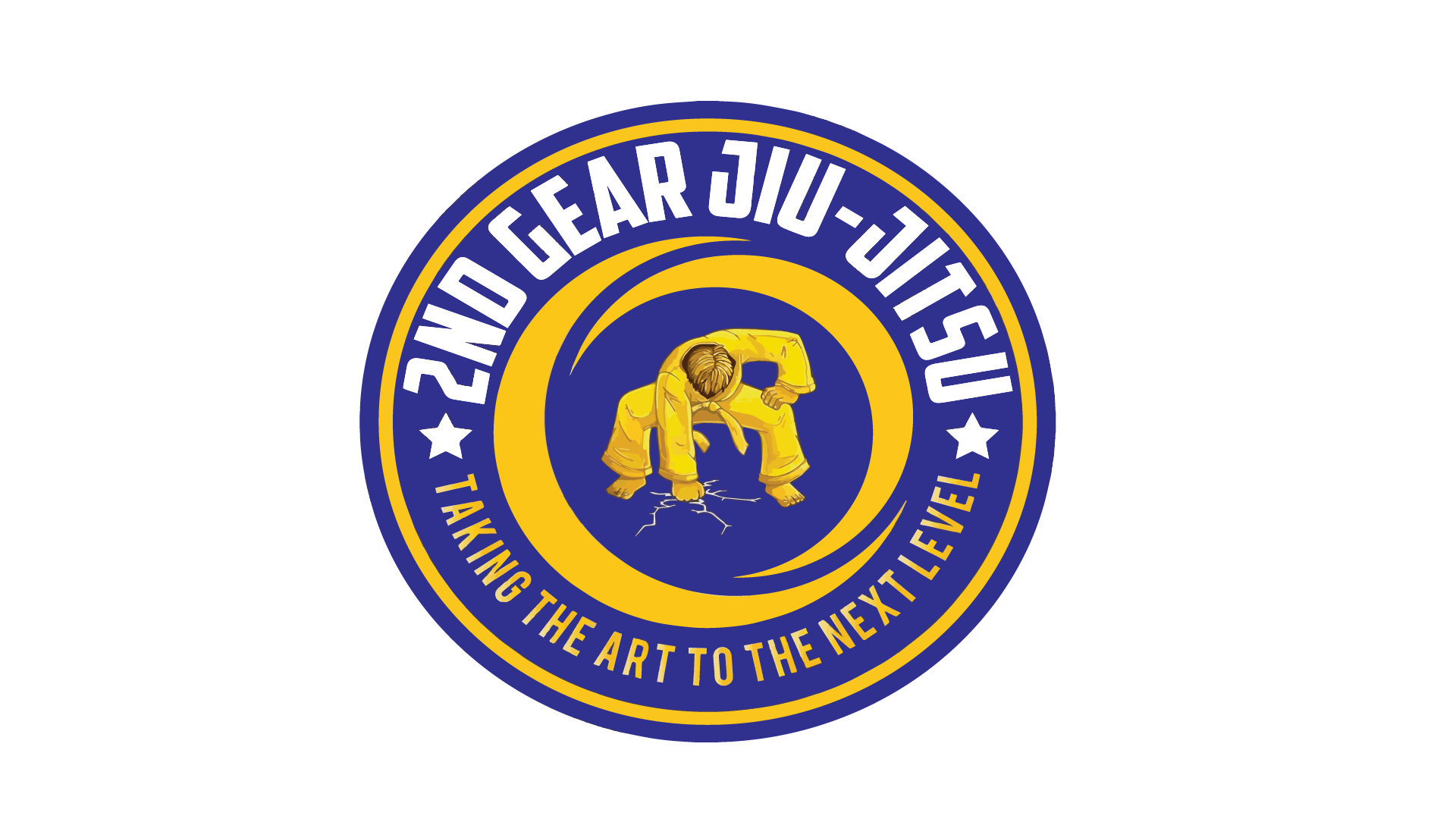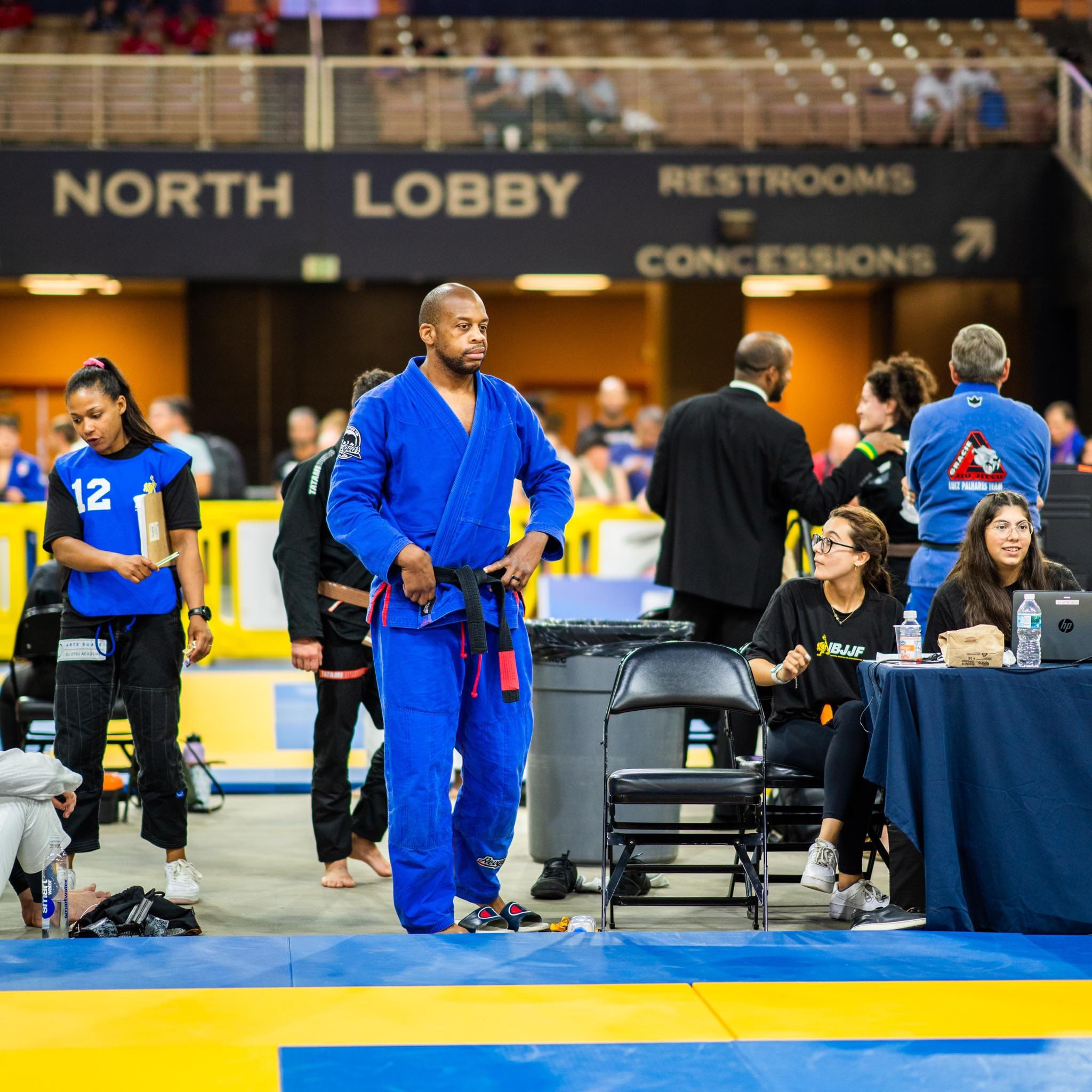The Five Commandments of the Underhook Half Guard
In Jiu-jitsu, there is a hierarchy of positions, and everything is interconnected. It all forms a complex web with many different paths to any destination. And within that system of multiple possibilities, there is the underhook half guard.
And it’s quite the interesting position.
Half is a position that easily connects to many others within one or two steps. No matter where you are, there is usually a path back to the half or to somewhere else.
That connection is what makes it such a versatile position, but there is also a drawback. The balance of control in half guard is fragile. Small changes in grips or positions can shift control out of your grasp. That fine line is what makes it a tough position to master.
For that reason, I’m going to share some insights I’ve gained from playing the underhook variation of the position for several years. These commandments will improve your game:
- I will fight to stay on my side.
- I will keep my bottom elbow glued to my side.
- I will win any battle for the underhook because I won’t stop.
- I will make my opponent uncomfortable.
- I will control the distance and establish leverage.
I Will Fight to Stay On My Side
Hands down, this is the one thing that you absolutely have to do when playing under half guard. By staying on your side, you will not only make it harder for your opponents to pass but it will also be easier to attack.
Your opponents will try to flatten you out by:
| Pulling your bottom knee up and moving laterally. |
| Crossfacing you and driving you down with pressure. |
| Taking the underhook away from you and pulling your bottom elbow out from under you. |
| Gripping your bottom sleeve and opposite collar, so that they can pin the shoulder as they pull up on the sleeve. |
Be aware of all those possibilities. We’ll discuss how to deal with them in later commandments.
I Will Keep My Bottom Elbow Glued To My Side
By keeping your elbow glued to your side, you reinforce the arm with the mechanical structure of your body. It will decrease the possibility of your opponent pulling that arm away from you and make it easier for you to stay on your side.
This piece is often overlooked but it pays dividends. Just by doing this one little thing, your half guard will become more fearsome. Also if you pull your elbow as far back as possible and then lay on it, the difficulty of flattening you out will increase.
So as a reminder, keeping your bottom elbow glued to your side will:
- Make crossface less effective.
- Make it difficult for your opponent to flatten you out.
Try it and test the results for yourself.
I Will Win Any Battle For The Underhook Because I Won’t Stop
When it comes to any battle for the underhook, you’re at an disadvantage if you’re on the bottom. The reason for that lies in the power of gravity.
It works in their favour and against you.
As your hand attempts to weave into position, you have to lift your upper body, and all they have to do is drop. Then once the battle has been won, you have to work harder to maintain control because gravity won’t help you maintain the ideal distance.
So going in, we know that they don’t have as much at stake as we do. It’s a war of attrition, and we have to be willing to die on that battlefield rather than quit because the cost for us is higher.
I Will Make My Opponent Uncomfortable
You never want your opponent to be comfortable in any situation. That’s true especially for half guard.
To accomplish that, we must establish grips that will give us advantages and create micro movements that force them to react. I’ll give you examples later.
Grips
A common counter to the underhook half guard game is to overhook. In good hands, it can also transform the position and make it really uncomfortable for you on bottom, but we can neutralize it.
Here’s how:
- Open their gi and pass the far lapel around to your underhook hand then pull your elbow tight.
- Hug their hip with your underhook hand and pull it tight.
The overhook pressure comes from your opponent moving their hips away and then twisting downward. If you control the hip, you will prevent them from ever getting the necessary leverage.
Micro Movements
The goal is to make them react in small ways so that they can never quite settle. So push them, pull them, bump them with your knee, hook their ankle and pull it away from them.
There are many options.
Our focus is just on doing something. We can’t allow ourselves to be complacent.
I Will Control The Distance And Establish Leverage
The main things that you have to worry about when it comes to distance control is being smashed and protecting your neck. So let’s start with a basic gameplan for addressing those two things:
| If you’re flat on your back, you must create space. |
| If you’re firmly on your side, you must close the distance. |
We never want to be caught in the midrange, where it is easy to pummel for the underhook or choke us. So make a conscious effort to glue your head to your opponent. It will also naturally teach you to shoot your underhook as deep as possible.
For leverage, one thing that will change your game for the better is using your feet as independent limbs. One leg should also focus on pinning your opponent’s trapped leg down, but the other should be free.
It is that leg that will give you a structural advantage when it comes to attacking. All you have to do is use to pull your opponent’s ankle away from them. That will force their hip to twist and weaken the structure of their body, making everything you want to do easier.
Depth Over Breadth
This post is focused on giving you a conceptual foundation for underhook half guard. Later posts will expand out from there and approach the topic from the framework of entries, initiation and execution. But if you have any specific frustrations about half guard, feel free to contact us.
So we can resolve them.

